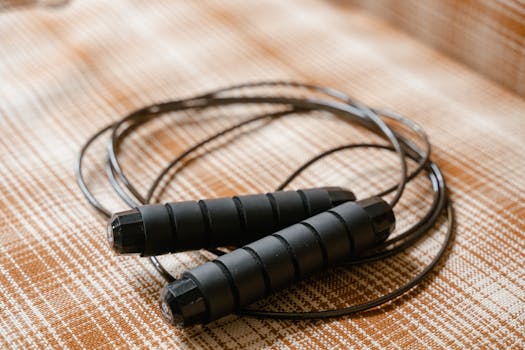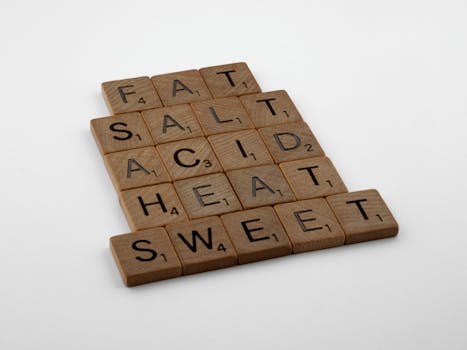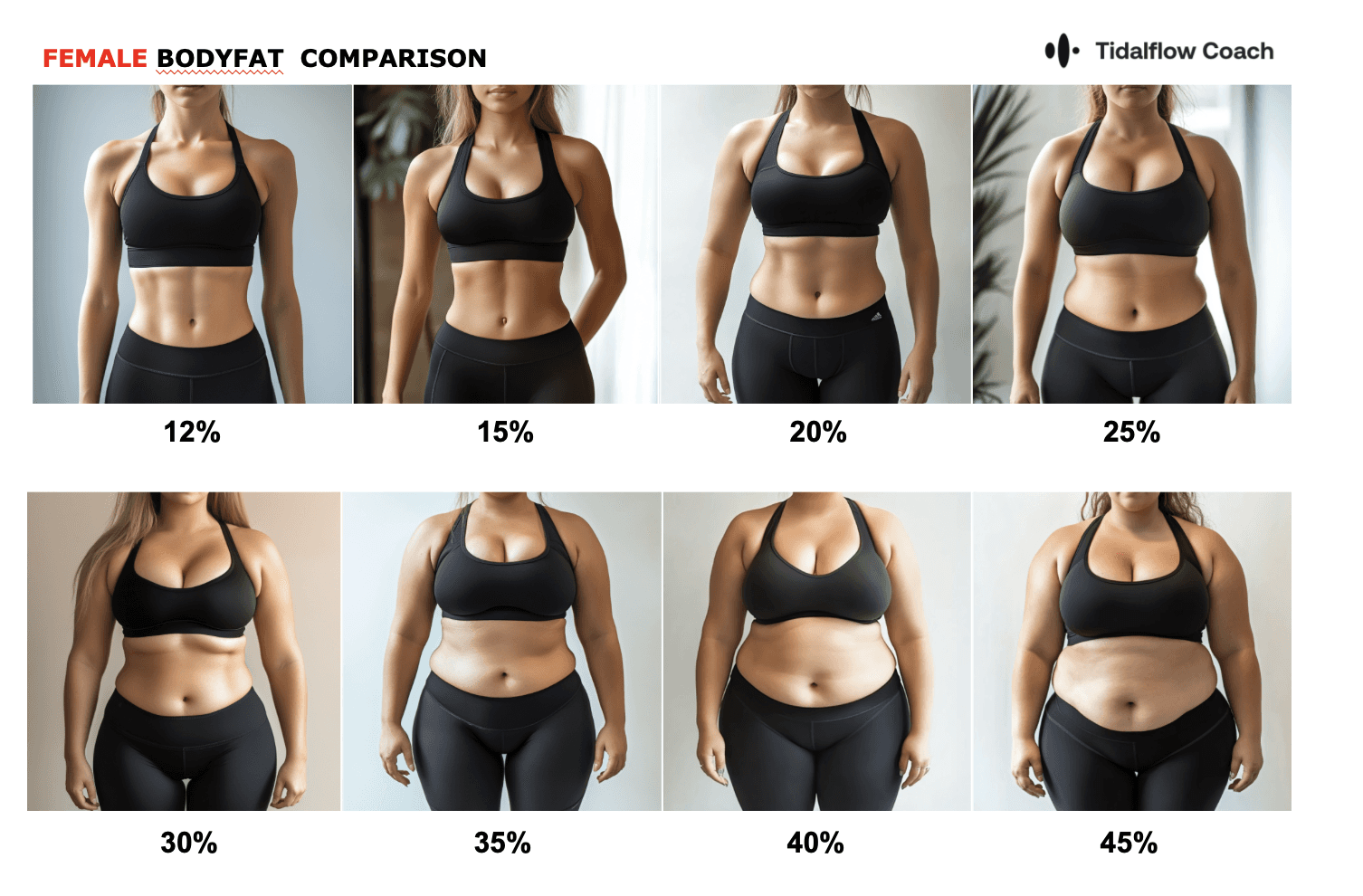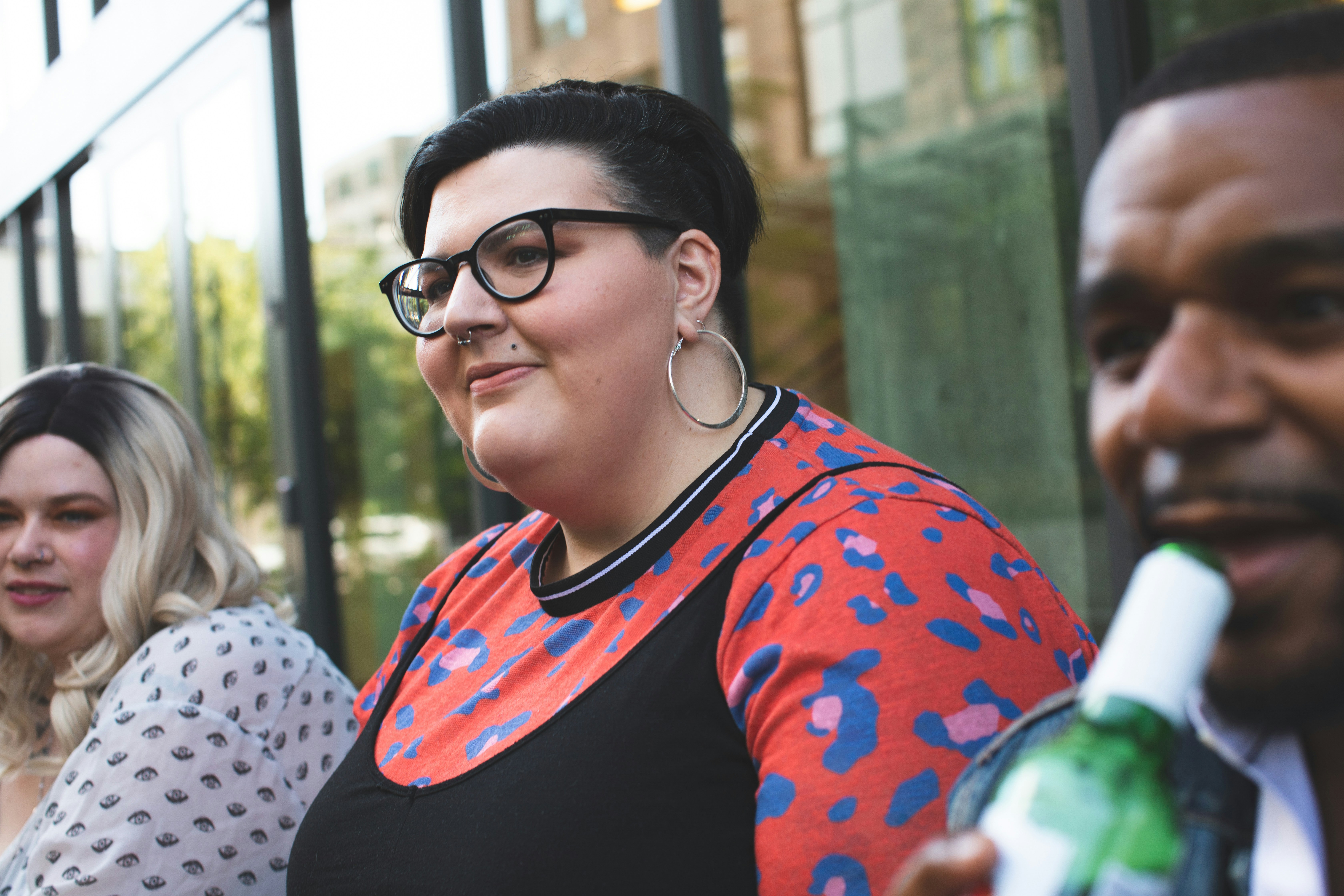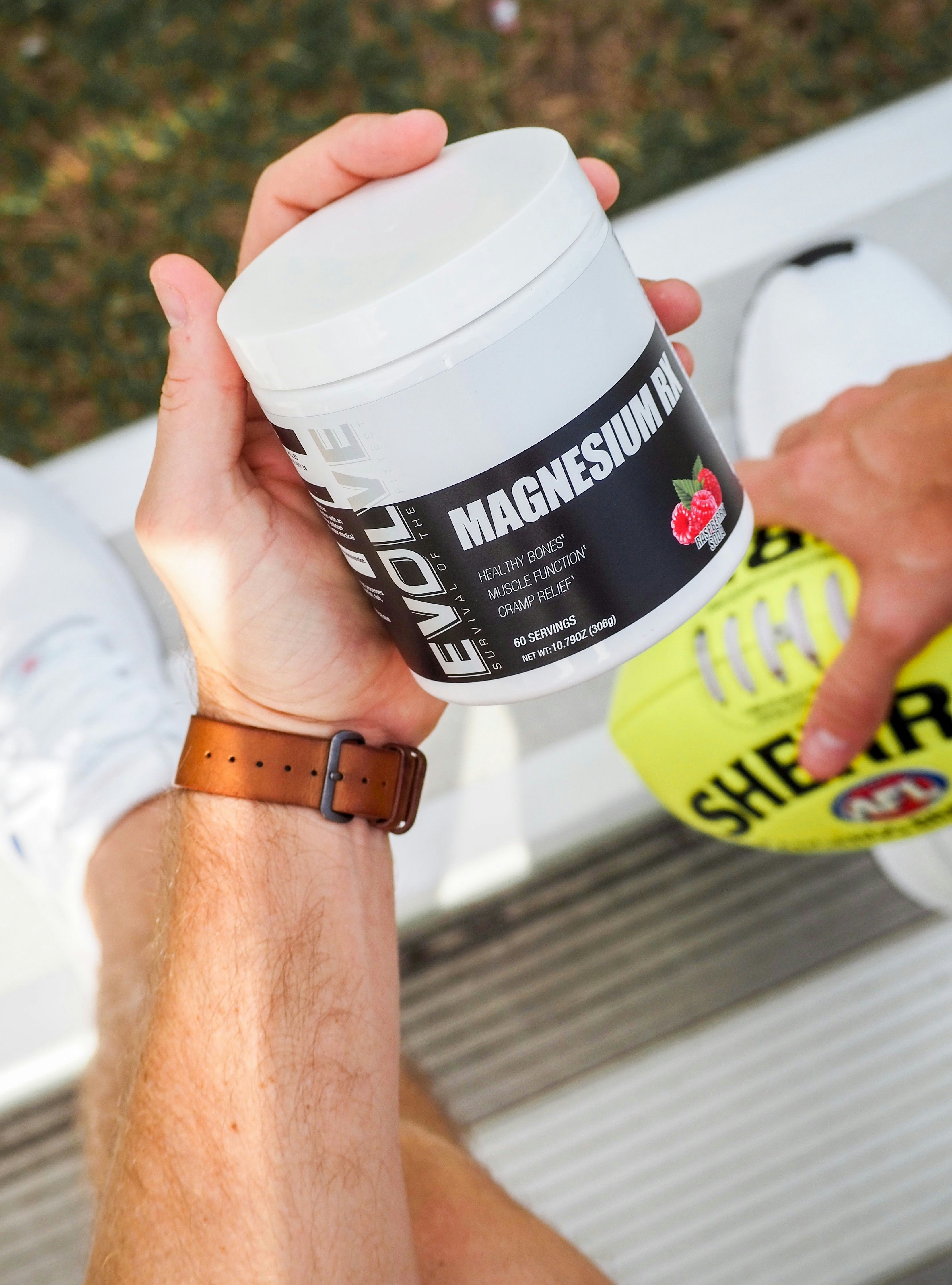From 25% to 15% Body Fat: Your Ultimate Guide to Fat Loss
Nov 26, 2024
Are you looking to transform your physique and significantly reduce your body fat? Going from 25% to 15% body fat is an achievable goal with the right strategies and commitment. In this comprehensive guide, we'll explore effective methods to help you shed those extra pounds of fat and achieve a leaner, healthier body composition.
Understanding Body Fat Percentages
Before diving into the strategies, it's crucial to understand what these percentages mean:
25% body fat: This is typically considered the upper end of the "acceptable" range for men, while for women, it falls within the "fitness" category.
15% body fat: For men, this is in the "fitness" category and shows visible muscle definition. For women, this is considered "athletic" and is more challenging to maintain.
What Does 25% Body Fat Look Like For Men?
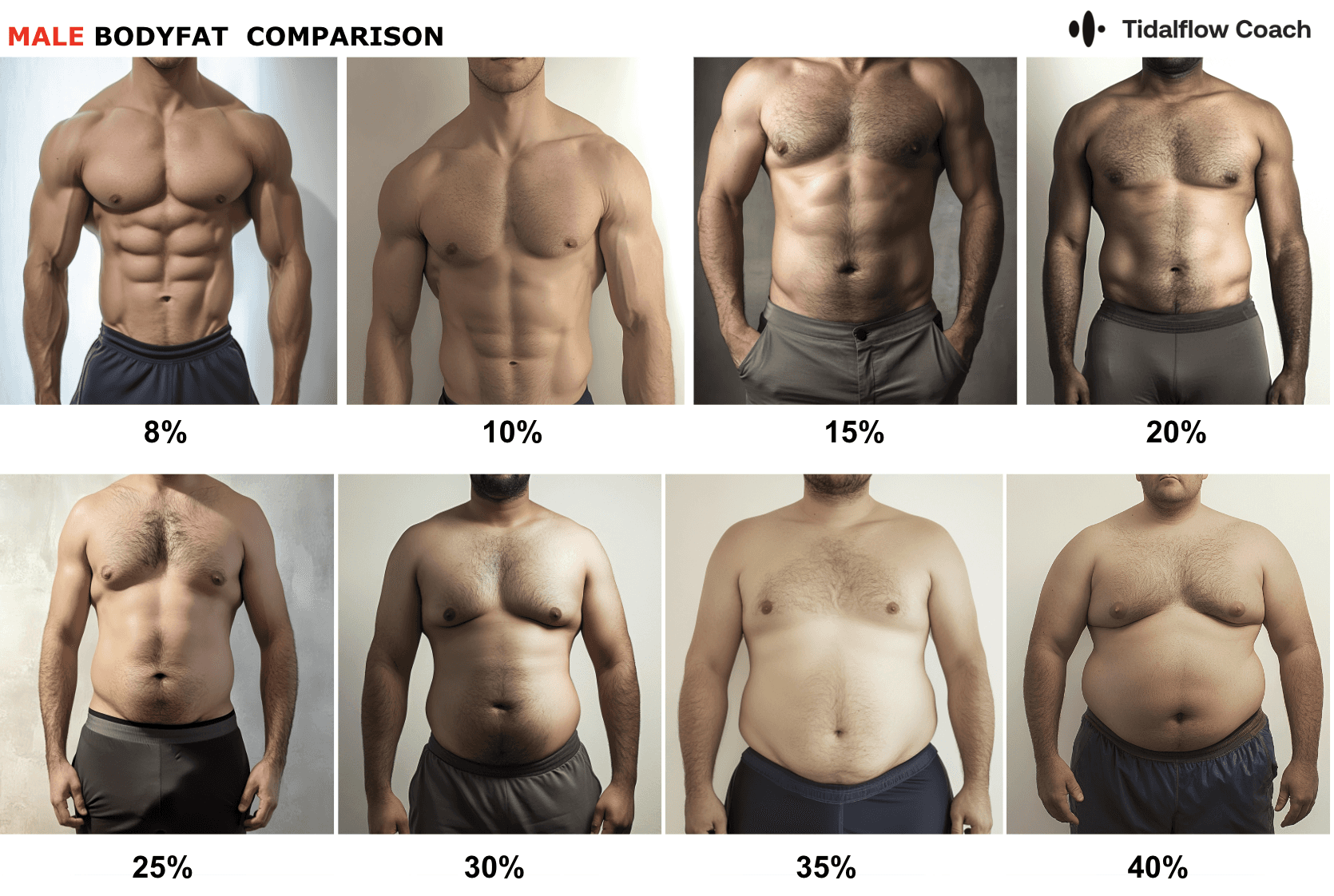
How Long Does It Take to Go from 25% to 15% Body Fat?
The journey from 25% to 15% body fat isn't a quick one, but it's definitely achievable with consistent effort. On average, you can expect to lose about 1-3% body fat per month with a well-structured plan. This means the entire process could take anywhere from 3 to 10 months, depending on various factors such as your starting point, genetics, and adherence to your plan.
For a detailed breakdown of the timeline and process, check out this informative video:
How Long To Go From 25% Body Fat To 15%? (Step-By-Step Guide)
Remember, patience is key when it comes to fitness results. Sustainable progress takes time, but the results are worth the wait.
What Does 25% Body Fat Look Like For Women?
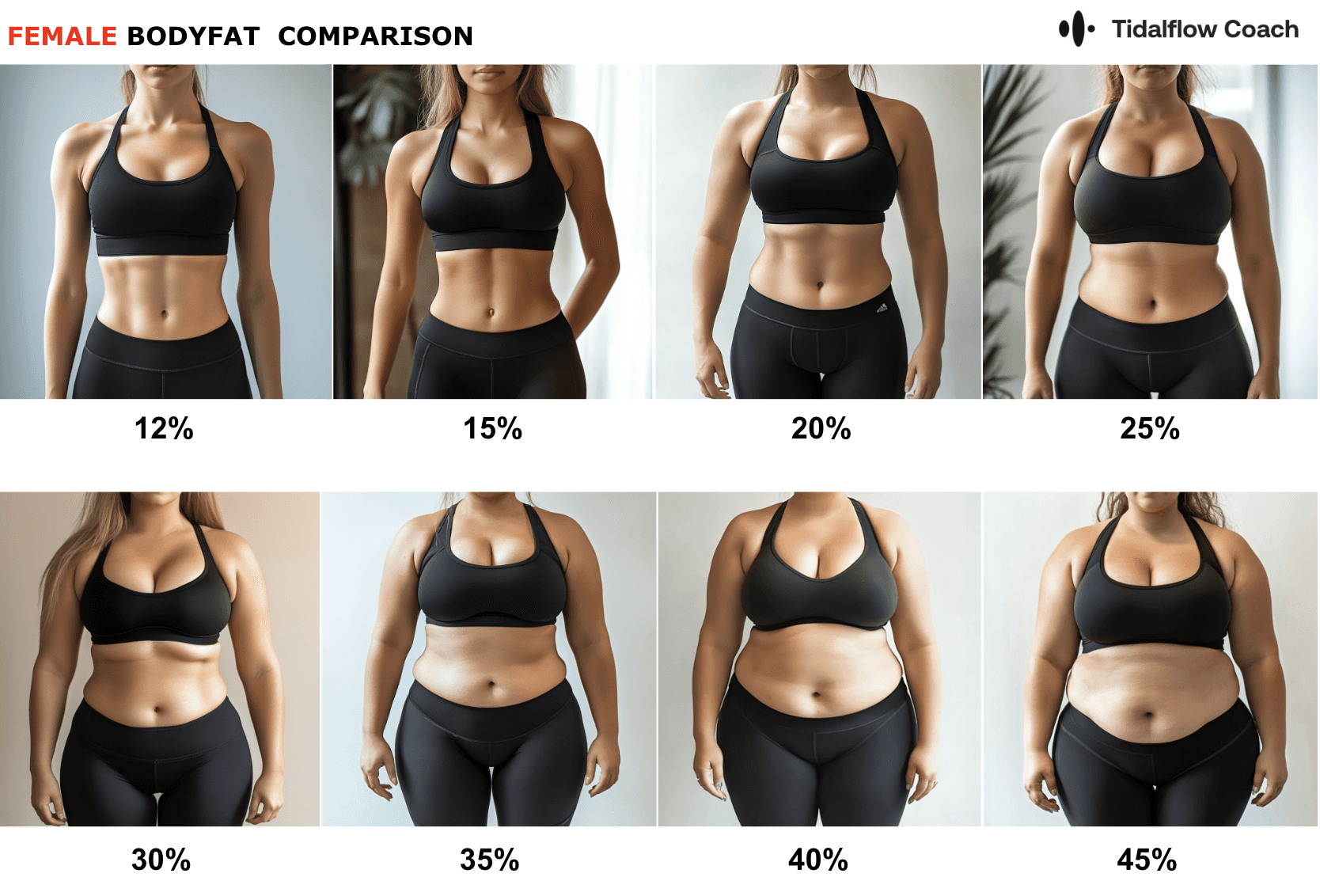
5 Proven Strategies to Reduce Body Fat Percentage
1. Create a Calorie Deficit 🔥
The foundation of fat loss is creating a calorie deficit. This means consuming fewer calories than your body burns. Here's how to do it effectively:
Aim for a moderate deficit of 300-500 calories per day
Use a food-tracking app to monitor your intake
Pro Tip: A sustainable approach is key. Drastic calorie cuts can lead to muscle loss and a slower metabolism. For personalized guidance, consider using an AI-powered fitness solution that can adapt to your progress.
2. Optimize Your Macronutrient Balance 🥗
While calorie balance is crucial, the composition of those calories matters too. Focus on:
High protein intake: Aim for 1.6-2.2 grams of protein per kilogram of body weight to preserve muscle mass during fat loss.
Moderate carbohydrates: Adjust based on your activity level, typically 30-40% of total calories.
Essential fats: Include 20-30% of calories from healthy fats to support hormone function.
Navigating the fitness information maze can be challenging, but focusing on these fundamental principles will set you on the right path.
3. Implement High-Intensity Interval Training (HIIT) ⚡
HIIT is a powerful tool for fat loss. It involves short bursts of intense exercise followed by recovery periods. Benefits include:
Increased metabolic rate post-exercise
Improved fat oxidation
Time-efficient workouts
Try incorporating 2-3 HIIT sessions per week, each lasting 20-30 minutes. If you're new to HIIT, check out our guide to maximizing time for effective workouts.
4. Prioritize Resistance Training 💪
Building and maintaining muscle is crucial when losing fat. Resistance training:
Increases resting metabolic rate
Improves insulin sensitivity
Enhances overall body composition
Aim for 3-4 strength training sessions per week, focusing on compound movements like squats and rows. For those new to strength training, our beginner's guide to fitness is a great starting point.
5. Optimize Recovery and Stress Management 🛌
Often overlooked, recovery plays a vital role in fat loss. Focus on:
Quality sleep: Aim for 7-9 hours per night to support hormone balance and recovery. Learn more about the importance of sleep in fitness.
Stress management: Practice techniques like meditation or deep breathing to lower cortisol levels.
Active recovery: Include low-intensity activities like walking or yoga between intense workouts.
Measuring Progress
Tracking your progress is essential to stay motivated and make necessary adjustments. Consider these methods:
Body fat calipers: A cost-effective way to measure subcutaneous fat.
DEXA scans: Provide accurate body composition measurements, including visceral fat.
Progress photos: Take monthly photos to visually track changes.
Performance metrics: Monitor strength gains and workout performance.
Remember, the scale doesn't tell the whole story. As you build muscle and lose fat, your weight might not change dramatically, but your body composition will improve. For a comprehensive approach to achieving fitness goals realistically, consider using AI-powered tools that can track multiple metrics.
Conclusion: Your Journey to 15% Body Fat
Reducing your body fat percentage from 25% to 15% is a challenging but rewarding journey. It requires consistency, patience, and a multi-faceted approach combining smart nutrition, effective training, and lifestyle optimization. Remember that progress isn't linear – there will be ups and downs, but staying committed to the process will yield results.
By following the strategies outlined in this guide and staying consistent, you'll not only achieve your body fat percentage goals but also improve your overall health, energy levels, and confidence. Start your transformation today, and embrace the journey to a leaner, healthier you!
Are you ready to take your weight loss to the next level? Consider unlocking your full potential with a personalized fitness solution that can provide tailored guidance and support throughout your body transformation journey from higher to lower body fat percentages.
You should not have to do it all on your own





